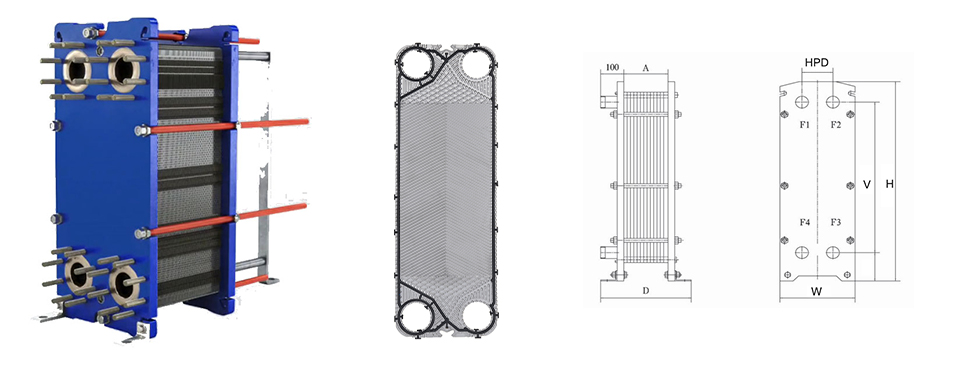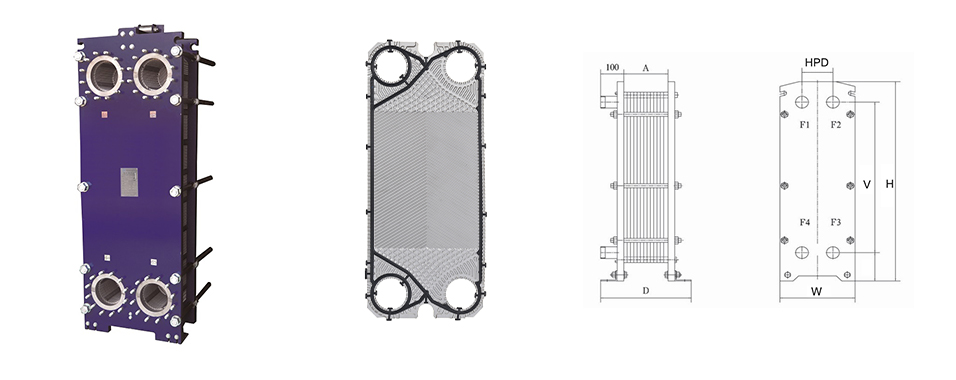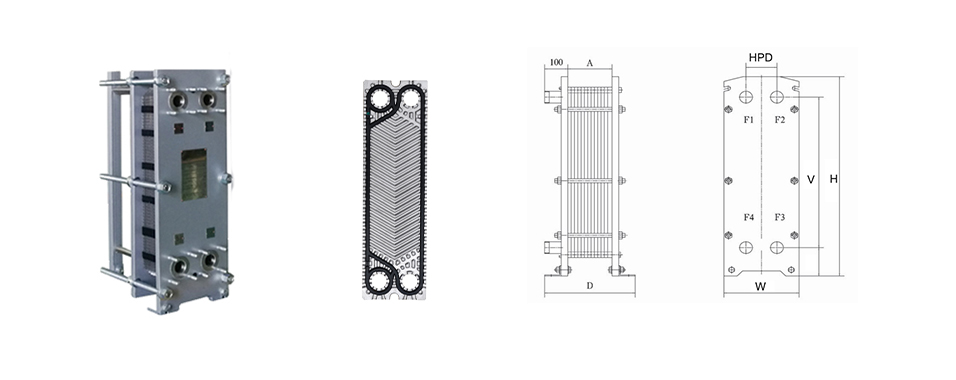The working principle and classification of heat exchangers
To put it simply, the total heat exchanger is to realize a replacement of indoor and outdoor fresh air and old air through its own motor. During the replacement process, because of its own filtering and heat recovery functions, the air is filtered during the replacement process. , Filter out harmful substances in the air, such as dust, haze, bacteria and other macromolecular substances, and when exhausting indoor pollution, it can recover indoor heat to achieve energy-saving effects.
Total heat exchangers can be divided into two categories according to the core
Paper core total heat exchanger
When indoor air conditioning exhaust air and outdoor fresh air flow through the heat exchange core in a crossed manner, because the gap between the fibers is small, only water vapor molecules with a smaller particle size can pass through, and other harmful gases with a larger particle size or Peculiar gas molecules cannot pass through, thus realizing the exchange of temperature and humidity.
In summer operation, the fresh air obtains cold energy from the exhaust air of the air conditioner, which reduces the temperature. At the same time, the water vapor in the fresh air penetrates into the fresh air under the action of pressure;
In winter operation, the fresh air obtains heat energy from the exhaust air of the air conditioner, which increases the temperature, and the water vapor in the exhaust air penetrates into the fresh air.
Evaporative aluminum core heat exchanger
The unit uses a static cross-flow heat exchange core. The core is made of hydrophilic aluminum foil as a carrier. It is composed of several layers of heat exchange units. The fluid channels of the two adjacent layers of unit bodies are arranged in a positive cross. The principle is introduced by a fan. Indoor and outdoor two streams of air. Before the indoor exhaust air passes through the heat exchange core, the indoor exhaust air is firstly humidified by the vaporization and heat absorption of the atomized water to make the indoor exhaust air reach an air state close to the wet bulb temperature. At this time, the indoor exhaust air temperature is lower than the outdoor exhaust air dew point temperature, and then flows through the heat exchange core in a manner that crosses the outdoor fresh air, and the heat is transferred from the high temperature side to the low temperature side through the heat transfer baffle. Exchange, the outdoor fresh air after heat exchange is sent to the required room by the air duct.
Total heat exchangers can be divided into two categories according to the core
Paper core total heat exchanger
When indoor air conditioning exhaust air and outdoor fresh air flow through the heat exchange core in a crossed manner, because the gap between the fibers is small, only water vapor molecules with a smaller particle size can pass through, and other harmful gases with a larger particle size or Peculiar gas molecules cannot pass through, thus realizing the exchange of temperature and humidity.
In summer operation, the fresh air obtains cold energy from the exhaust air of the air conditioner, which reduces the temperature. At the same time, the water vapor in the fresh air penetrates into the fresh air under the action of pressure;
In winter operation, the fresh air obtains heat energy from the exhaust air of the air conditioner, which increases the temperature, and the water vapor in the exhaust air penetrates into the fresh air.
Evaporative aluminum core heat exchanger
The unit uses a static cross-flow heat exchange core. The core is made of hydrophilic aluminum foil as a carrier. It is composed of several layers of heat exchange units. The fluid channels of the two adjacent layers of unit bodies are arranged in a positive cross. The principle is introduced by a fan. Indoor and outdoor two streams of air. Before the indoor exhaust air passes through the heat exchange core, the indoor exhaust air is firstly humidified by the vaporization and heat absorption of the atomized water to make the indoor exhaust air reach an air state close to the wet bulb temperature. At this time, the indoor exhaust air temperature is lower than the outdoor exhaust air dew point temperature, and then flows through the heat exchange core in a manner that crosses the outdoor fresh air, and the heat is transferred from the high temperature side to the low temperature side through the heat transfer baffle. Exchange, the outdoor fresh air after heat exchange is sent to the required room by the air duct.








